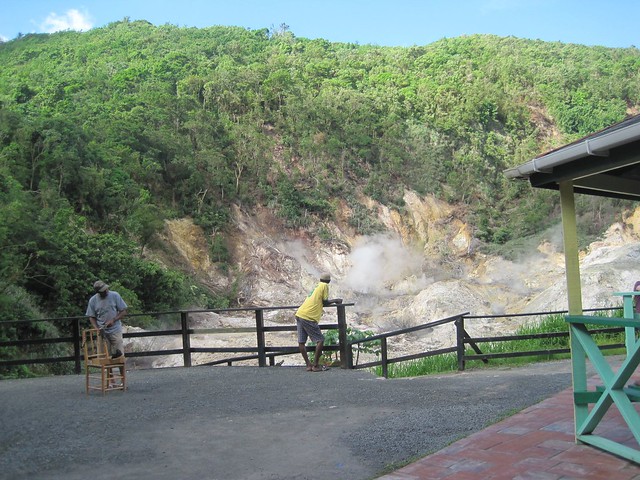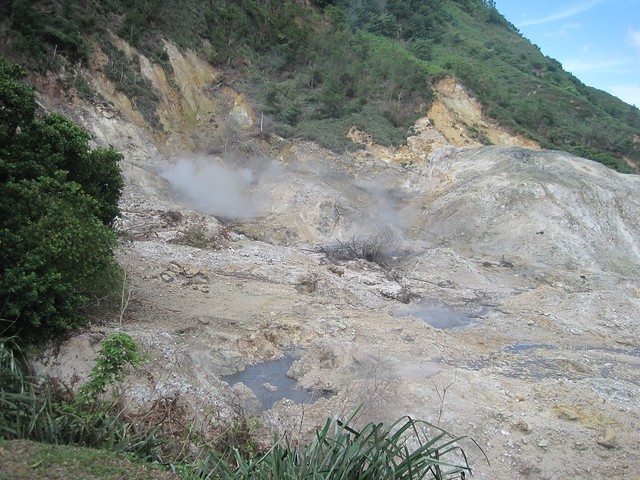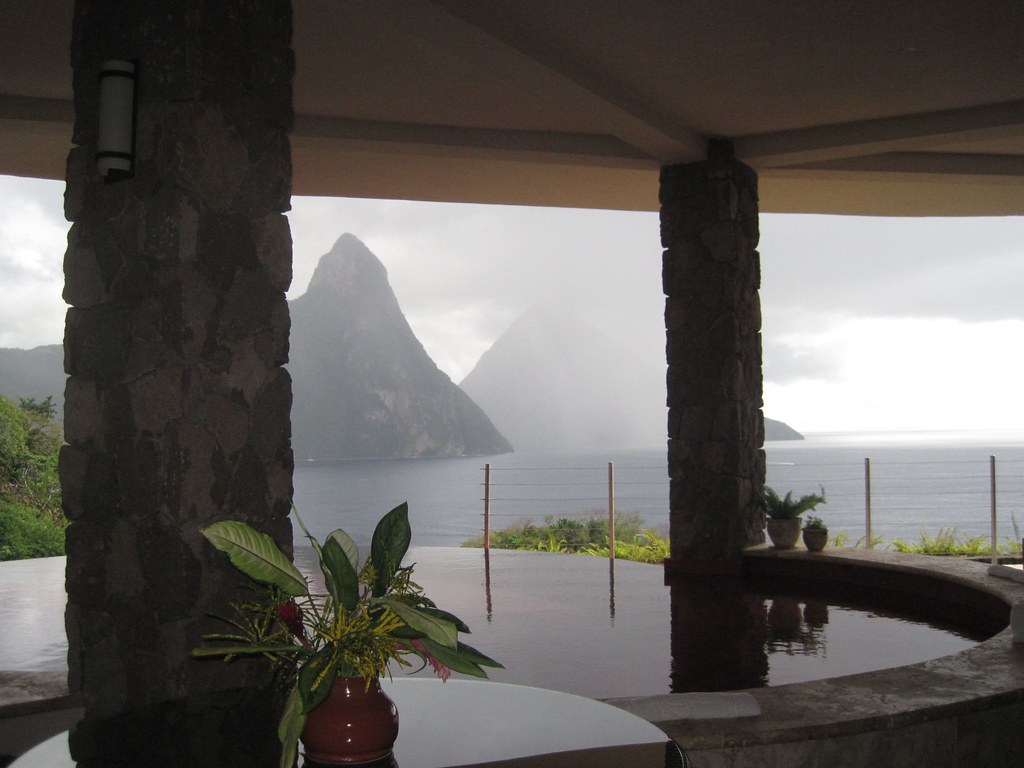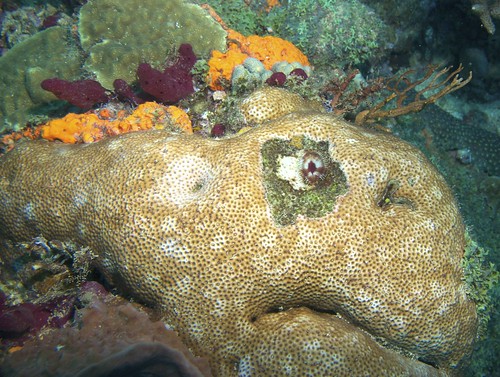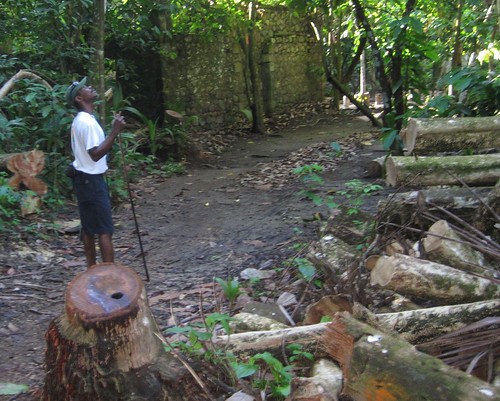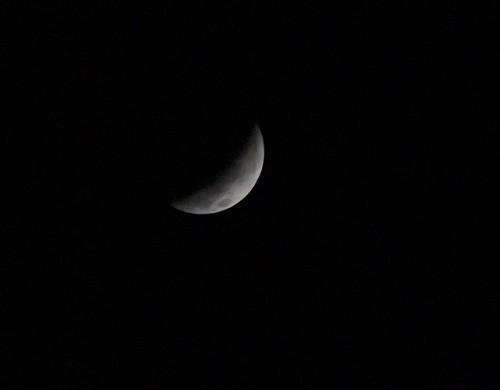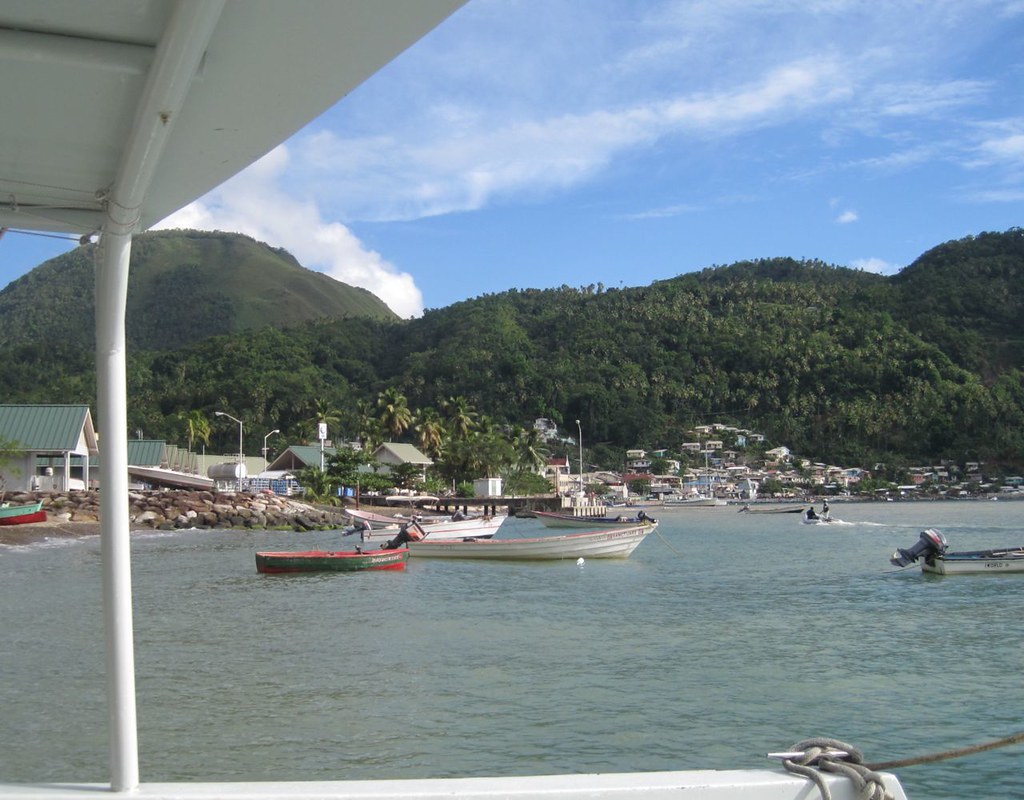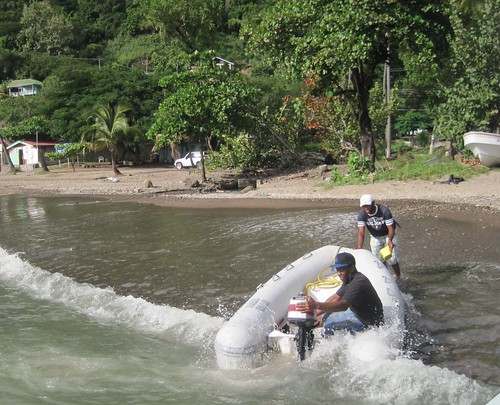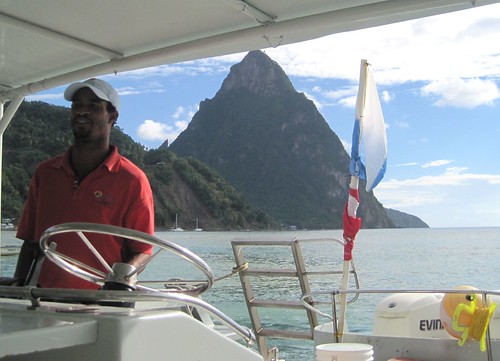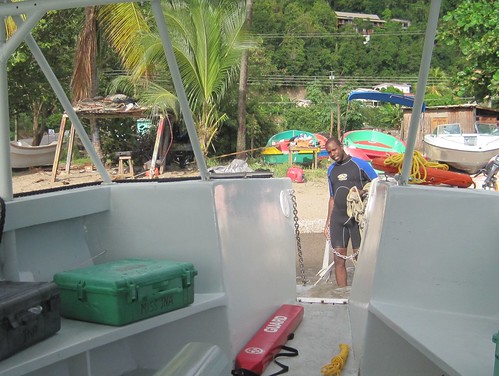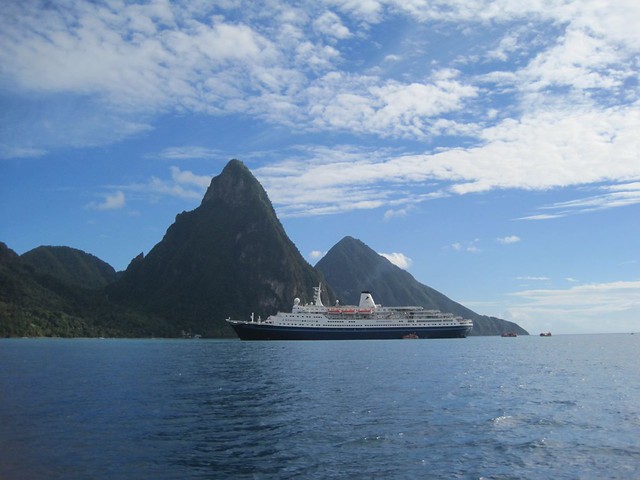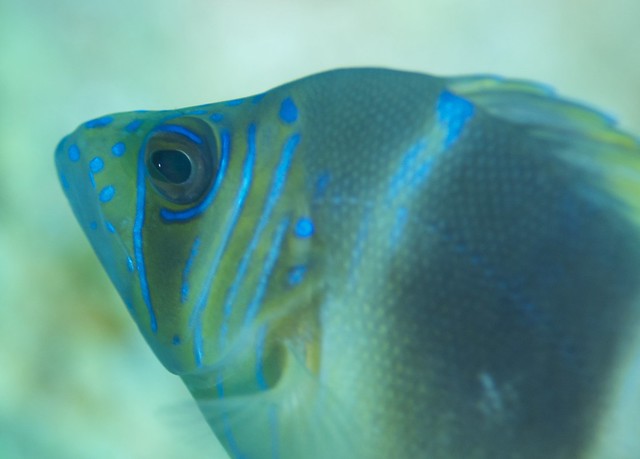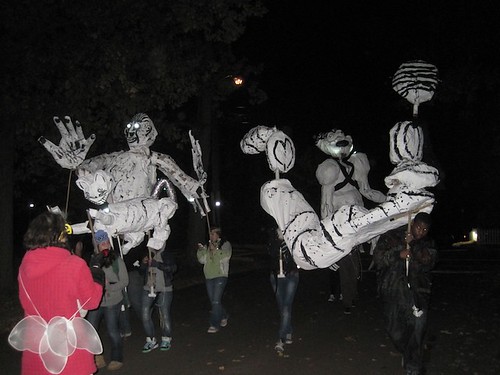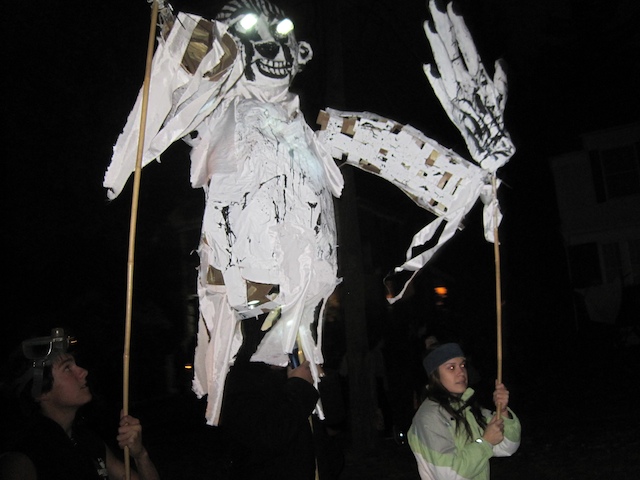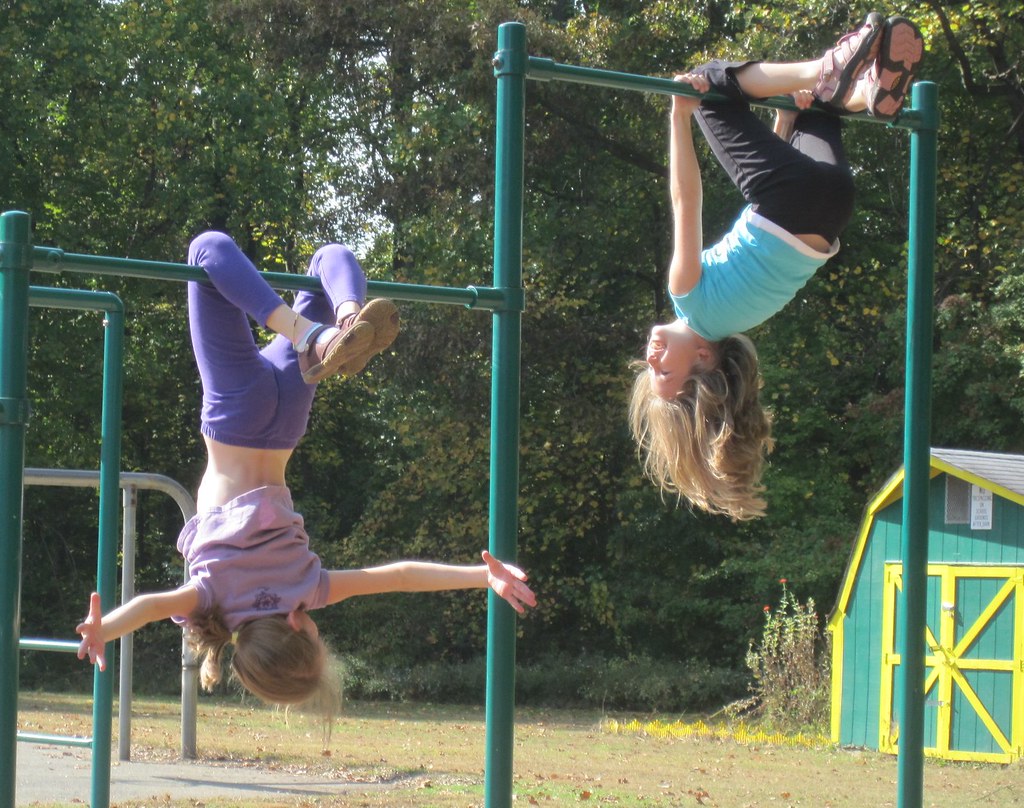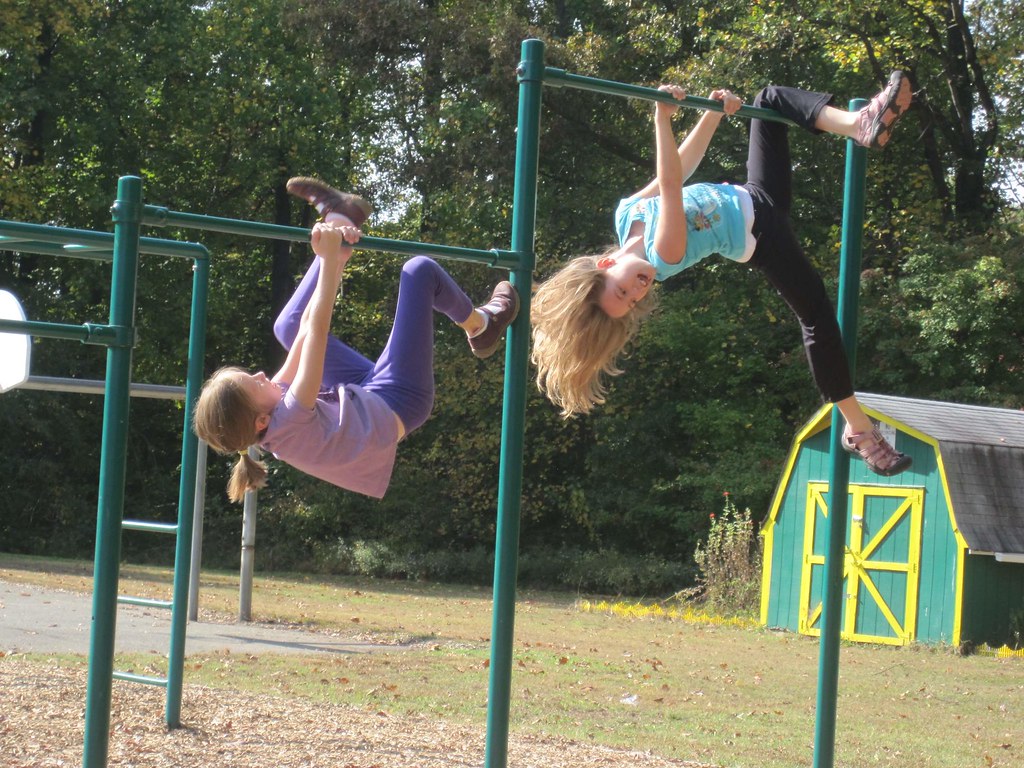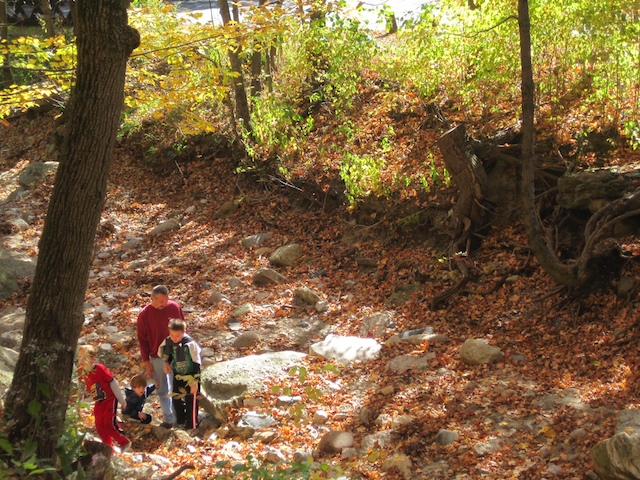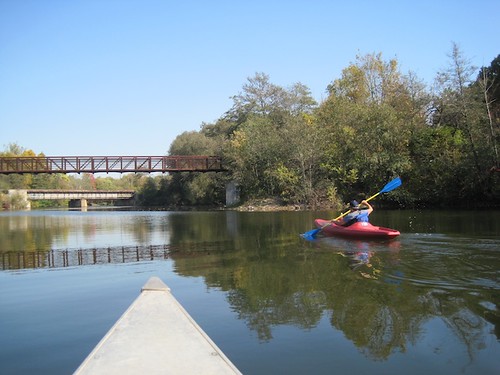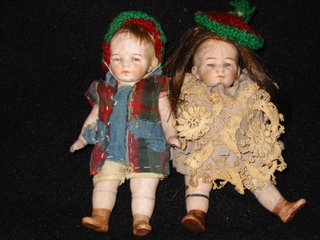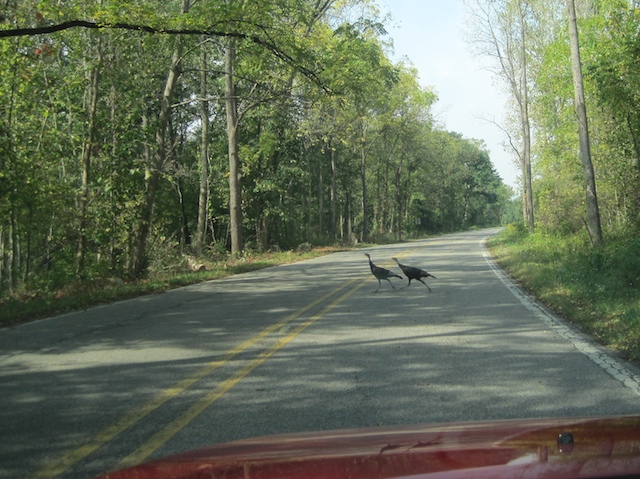During the past week, I have read the new Booker Prize winner,
The Finkler Question by Howard Jacobson -- in fact, I read it and then reread it a second time, right through from the beginning on my Kindle. I liked it a lot, and kept using the "bookmark" and "notes and highlights" features. Note, however, that the feature that allows one to see the collective highlighting of all the other wired-in readers horrified me. I turned the feature off the first time I saw it on the Kindle (several weeks ago).
Just before that, I read
36 Arguments for the Existence of God by Rebecca Goldstein. I read it in a hard cover book. And on the Kindle:
The World to Come by Dara Horn. Both books are about Jewish Americans by Jewish American women writers. End of similarity.
I browsed Evelyn's copy of
Cooking for Geeks: Real Science, Great Hacks, and Good Food by Jeff Potter. I like the approach that everything is science, though I'm a bit skeptical of the quality of the recipes. For dinner tonight, I made something I bet wouldn't be in
Geeks: a gratin Dauphinoise of the old-school type with lots of potatoes and real gruyere cheese and fresh garlic. I think that would be simplified somehow (though I might be wrong). I know most geeks would not like the hideously burned-on crust that I had to scrub off of the gratin dish. In sum: it's not my approach to cooking, but fun to think about.
I have read 25% of David Grossman's
To the End of the Land, which I'm finding very depressing, though I like the Israeli landscapes. I will try to finish it. It had a good cooking scene. (I highlighted it. Maybe I will write about it on my food blog.) Note: the Kindle doesn't list page numbers, it tells you what percent of the book you have read. I'm having a little trouble with that feature.
I didn't do so well with
How Rome Fell by Adrian Goldsworthy. I did not get as far as the huns -- I missed Attila. This book demonstrated to me the limit of reading on the Kindle. The maps can't be zoomed in enough to use them effectively. The footnotes might as well not be there -- the Kindle does not have hyperlinks within the book. Mainly, though, I just don't like that kind of unsocial history that goes on and on about the rulers and claims that there's not enough evidence about the way people lived. I think that the author's protests about this are self-serving. OK, he doesn't do social history, that doesn't mean it's not valid.
I read
The Scarlet Letter by Nathaniel Hawthorne on the Kindle. I believe I had read it most recently when it was assigned reading in high school. Surprise: I liked it. I read
The Sea Wolf by Jack London, another free Kindle book from the Public Domain. It reminded me in some ways of
Moby Dick, which is plausible as London appears to have read it. The political points seemed odd. I read a few Sherlock Holmes stories, also free. Here is a fact about the Kindle: all the books look alike. Same typeface. No page design or distinctive layout. I can't decide how much these things matter.
UPDATE: We finally figured out how to go to footnotes and get back. It's not easy but it works. THe map problem still is a problem.



